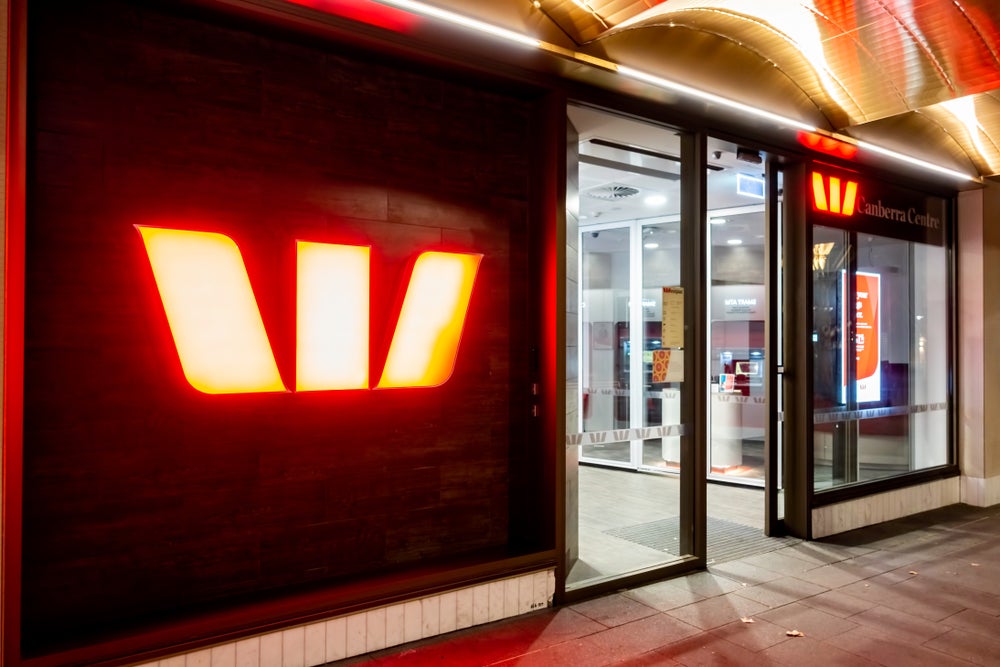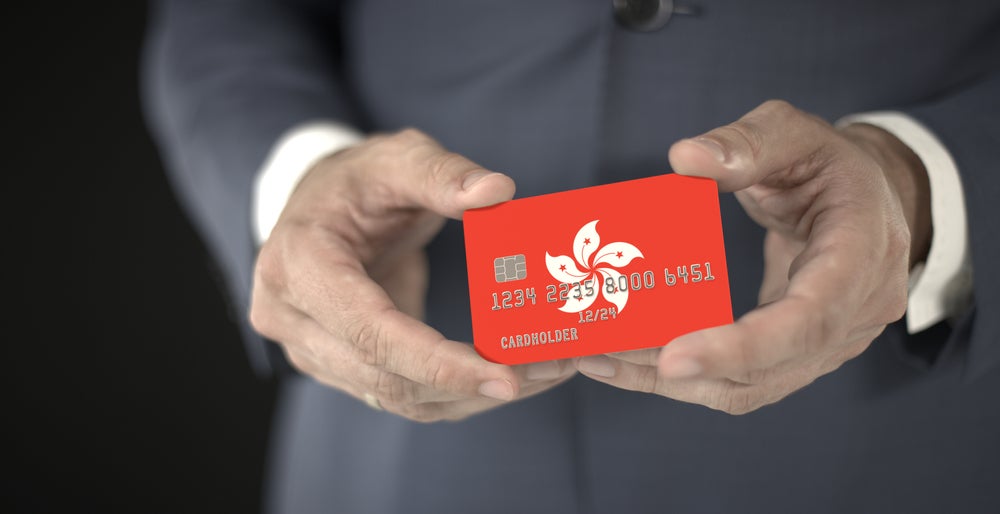 Though creditworthiness
Though creditworthiness
has declined with the financial crisis and made issuers more
vigilant against losses, the ‘Holy Grail’ for many in Europe
remains increasing levels of revolving balances among
cardholders.
Issuers in the UK and US are old hands in
generating revolving credit from card customers, where the feature
is well-established as a banking product. In other markets, notably
Spain, issuers are fighting to establish the feature among their
customers through education, cash advances and rewards offers.
In both established and emerging revolving
credit markets, stricter regulation, a new economic environment and
changing consumer preferences are forcing issuers to re-evaluate
how best to move forward.
Spain serves as an example of a market in
which issuers face several hurdles in their search for higher
revolving levels. Domestic issuers offer customers ‘credit’
card products which are in fact deferred debit cards – customers
can easily set up their cards to pay the entire balance
electronically and automatically in full each month via easy to use
and low cost direct debits from current accounts.
In historically paper cheque-heavy markets
like the US and UK, cardholders determine, month by month, exactly
how large a payment they would make against their card balance.
They are, however, required to pay at least the minimum balance,
typically 3 percent to 5 percent of the outstanding amount.
This model, though inefficient from an
operational perspective, nevertheless drove huge rates of
cardholder revolve spending. Paper cheques are now being replaced
by electronic bill payment and new laws restrict certain practices
of issuers and force increased disclosure of the impact of only
paying the minimum balance, the precedent remains:
cardholders determine, on a monthly basis, their own fate regarding
revolving balances.
How well do you really know your competitors?
Access the most comprehensive Company Profiles on the market, powered by GlobalData. Save hours of research. Gain competitive edge.

Thank you!
Your download email will arrive shortly
Not ready to buy yet? Download a free sample
We are confident about the unique quality of our Company Profiles. However, we want you to make the most beneficial decision for your business, so we offer a free sample that you can download by submitting the below form
By GlobalDataIn markets like Spain, however, with automated
systems in place, such decisions need never be made – the balance
is simply paid in full, just as the case with immediate debit
cards.
Spanish issuers do offer credit cards which
allow customers to revolve a balance, but these are much less
flexible products than their counterparts in other markets.
In effect, customers must know at the time they open an account
that they wish to pay less than the full amount of their
balance.
Another option practiced by some issuers is to
contact customers, usually by SMS, after large purchases to ask if
they would like to pay for this particular purchase in
instalments. While a useful feature, this limits an issuer’s
revolving revenue to that of a particular transaction, rather than
an entire balance.
Other issuers, especially consumer finance
houses, focus their efforts on cross-selling revolving cash loans
to cardholders. In general, however, these are patches to a
fundamental operational problem that should be addressed –
customers should be given flexibility in their balance repayment
options so that they can choose when and how much to
revolve.
Spanish issuers are not the only ones in this
situation, of course. Issuers in other markets, both with and
without card product structures which allow more flexible customer
repayment, have placed a key focus on driving additional revolving
behaviour. A classic tactic, such as a balance transfer
offer, works in markets with pre-existing revolving
customers.
In addition, cash advances, promotional APRs,
targeted offers for customers to pay a recent large purchase in
instalments, and rewards (or lower fees) in exchange for revolving
behaviour are tactics that can also work across all types of
markets to spur revolve levels.
Overall, basic education is key – customers
must first know they can pay less than their full balance before
they can be expected to actually do so. One way of doing this is by
changing the language used to communicate with consumers. For
example, issuers shouldn’t use the word “revolve” because only
bankers understand the term.
Issuers can also educate customers who
currently auto-pay 100% of their balance that other repayment
options are available. Also key is to provide sufficient
credit lines for customers. Without the room to make purchases they
possibly cannot afford to immediately repay in full, they will turn
to other cards, other financing options, or simply not make the
purchase at all. In this economic environment, that final
option is something in which neither the bank nor the merchant is
in favour.
Stephen Mendelsohn, who has worked with
card issuers all across Europe, has been with payments advisory
firm First Annapolis since 1997 and has been based in Barcelona
since 2003.







